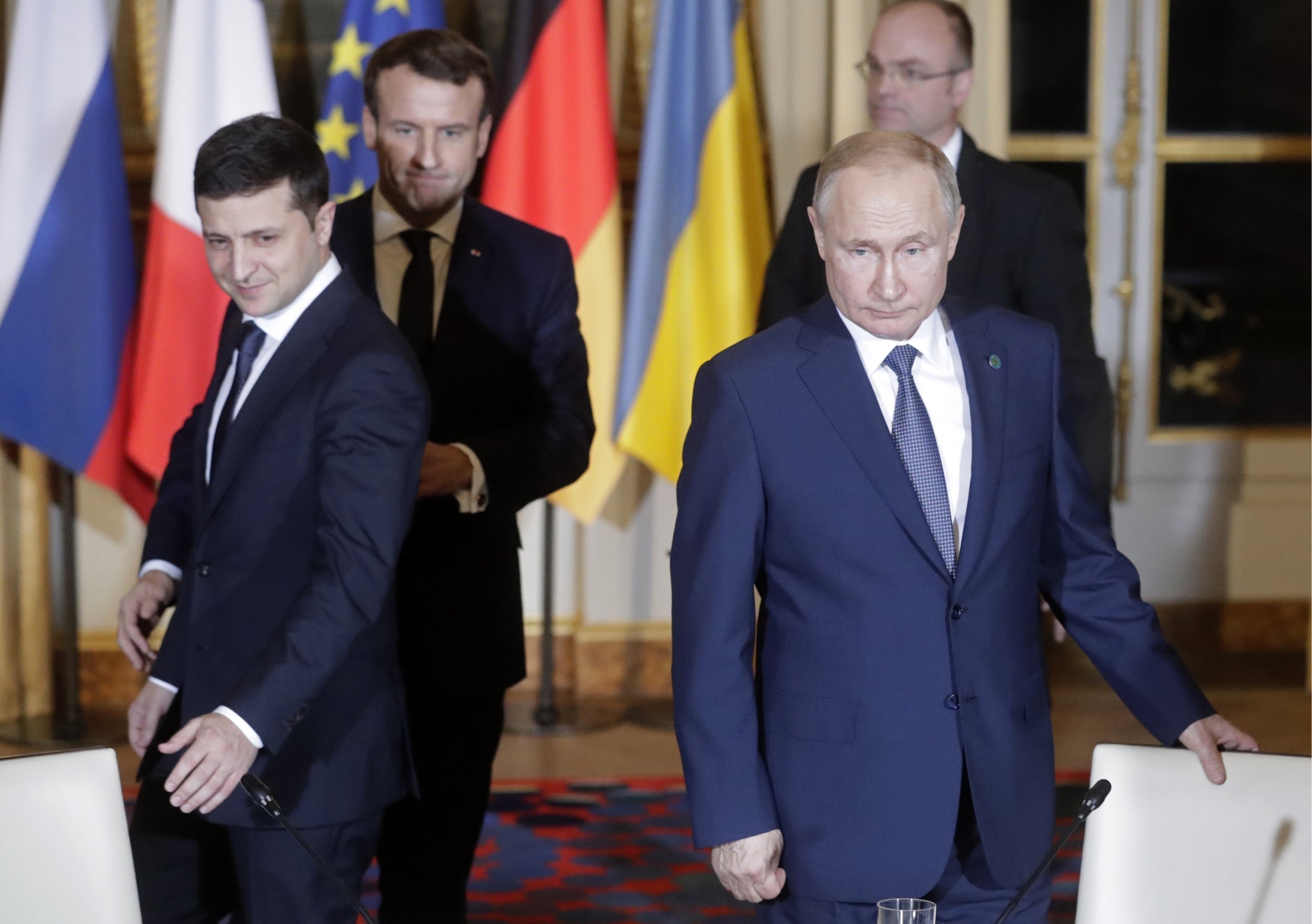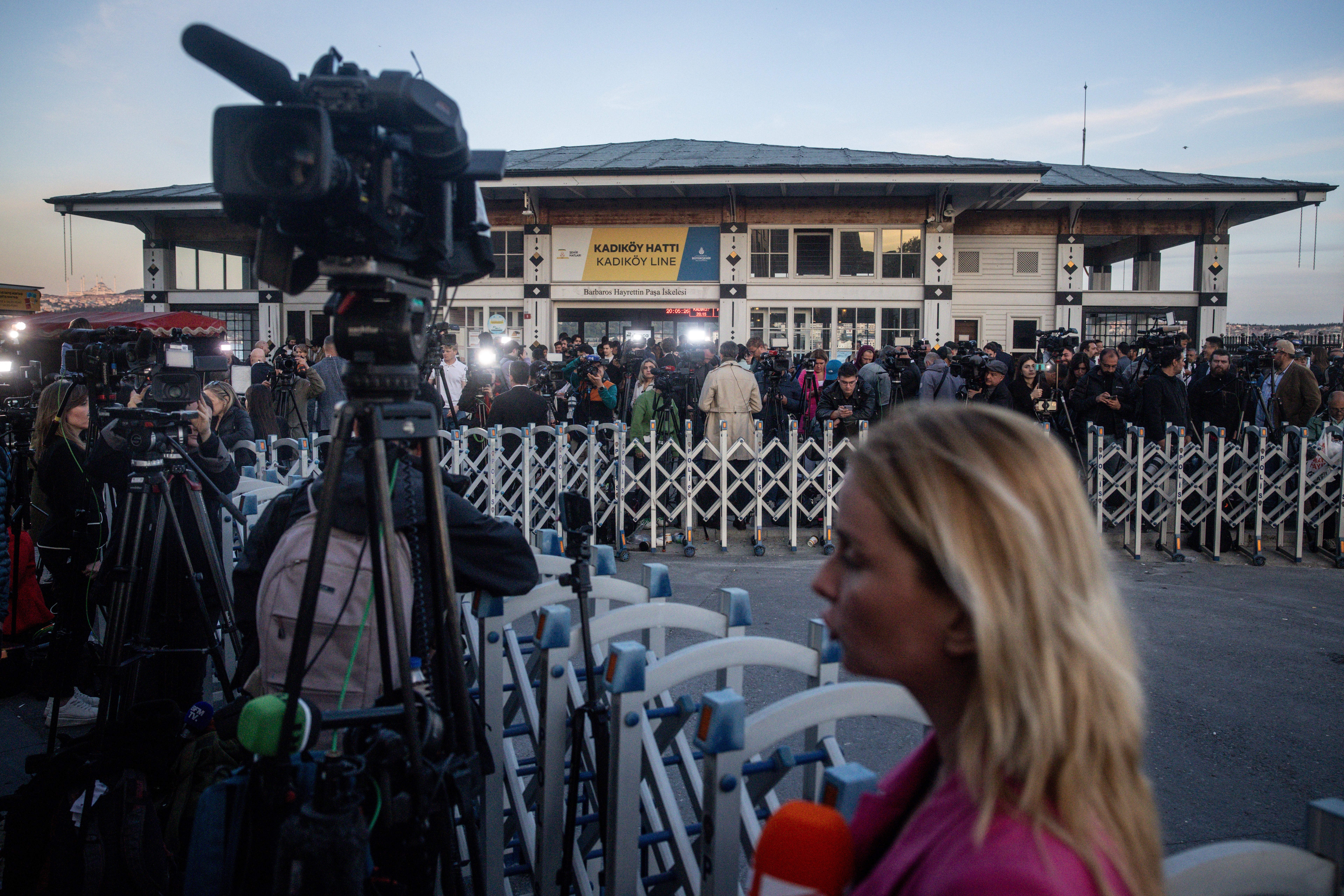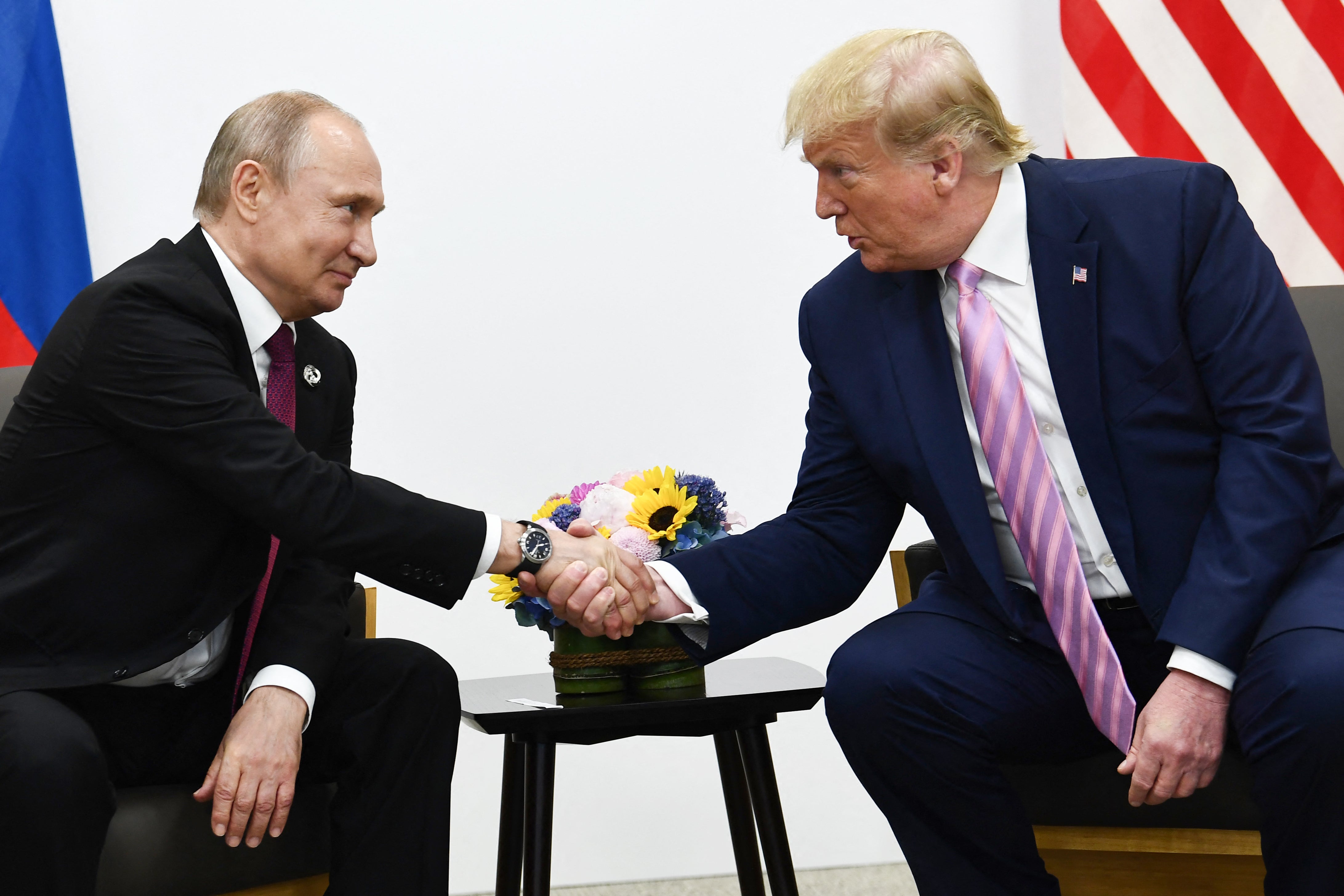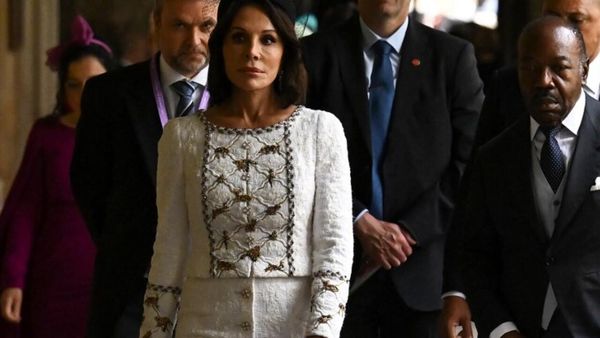Delegations from Ukraine and Russia met for a second time in Istanbul in a month on June 2, 2025. Missing, again, were the country’s two leaders.
For a fleeting moment ahead of the first meeting in mid-May 2025, there existed the faintest prospect that Presidents Vladimir Putin of Russia and Volodymyr Zelensky of Ukraine would join, sitting down in the same room for face-to-face talks.
But it didn’t happen; few expected it would. On that occasion, Putin refused Zelensky’s offer of face-to-face talks in Istanbul.
Even though neither leader met in the Istanbul summits, they have met before.
In Paris in 2019, the two men sat down together as part of what was known as the Normandy Format talks. As a scholar of international relations, I have interviewed people involved in the talks. Some five years on, the way the talks floundered and then failed can offer lessons about the challenges today’s would-be mediators now face.
Initial hopes
The Normandy Format talks started on the sidelines of events in June 2014, commemorating the 70th anniversary of the D-Day landings.
The aim was to try to resolve the ongoing conflict between Ukrainian forces and pro-Russian separatist groups in the country’s Donbas region in the east. That conflict had recently escalated, with pro-Russian separatists seizing key towns in Donetsk and Luhansk after Russia illegally annexed the peninsula of Crimea in February 2014.

The talks continued periodically until 2022, when Russia launched its full-scale invasion of Ukraine. Until that point, most of the discussion was framed by two deals, the Minsk accords of 2014 and 2015, which set out the terms for a ceasefire between Kyiv and the Moscow-armed rebel groups and the conditions for elections in Donetsk and Luhansk.
By the time of the sixth meeting in December 2019, the only time Zelenkyy and Putin had met in person, some still hoped that the Minsk accords could form a framework for peace.
Under discussion
Zelensky was only a few months into his presidency. He arrived in Paris with fresh energy and a desire to find peace.
His electoral campaign had centred on the promise of putting an end to the unrest in Donbas, which had been rumbling on for years. The increasing role of Russia in the conflict, through supporting rebels financially and with volunteer Russian soldiers, had complicated and escalated fighting, and many Ukrainians were weary of the impact of internally displaced people that it caused.
By all accounts, Zelensky went into Paris believing that he could make a deal with Putin.
“I want to return with concrete results,” Zelensky said just days before meeting Putin. By then, the Ukrainian president’s only contact with Putin had been over the phone. “I want to see the person and I want to bring from Normandy understanding and feeling that everybody really wants, gradually, to finish this tragic war,” Zelensky said, adding, “I can feel it for sure only at the table.”
One of Putin’s main concerns going into the talks was the lifting of Western sanctions imposed in response to the annexation of Crimea.
But the Russian president also wanted to keep Russia’s smaller neighbour under its influence.

Ukraine gained independence after the fall of the Soviet Union in 1991. But in the early years of the new century, Russia began to exert increasing influence over the politics of its neighbour. This ended in 2014, when a popular revolution ousted pro-Russian Ukrainian President Viktor Yanukovych and ushered in a pro-Western government.
More than anything, Russia wanted to arrest this shift and keep Ukraine out of the European Union and NATO.
Those desires – Ukraine’s to end the war in Donbas, and Russia’s to curb the West’s involvement in Ukraine – formed the parameters for the Normandy talks.
And for some time, there appeared to be momentum to find a compromise. French President Emmanuel Macron said that the 2019 Paris talks had broken years of stalemate and relaunched the peace process. Putin’s assessment was that the peace process was “developing in the right direction.” Zelensky’s view was a little less enthusiastic: “Let’s say for now it’s a draw.”
Talking past each other
Yet the Putin-Zelensky meeting in 2019 ultimately ended in failure. In retrospect, both sides were talking past each other and could not reach an agreement on the sequencing of key parts of the peace plan.
Zelensky wanted the security provisions of the Minsk accords, including a lasting ceasefire and the securing of Ukraine’s border with Russia, in place before proceeding with regional elections on devolving autonomy to the regions. Putin was adamant that the elections come first.
The success of the Normandy talks was also hindered by Putin’s refusal to acknowledge that Russia was a party to the conflict. Rather, he framed the Donbas conflict as a civil war between the Ukrainian government and the rebels. Russia’s role was simply to push the rebels to the negotiating table in this take, a view that was greeted with scepticism by Ukraine and the West.
As a result, the Normandy talks stalled. And then in February 2022, Russia launched its full-scale invasion of Ukraine.
Way forward today?
The nascent negotiations between Ukraine and Russia that began in Istanbul in May 2025 represent the first real attempt to bring high-level delegations of both sides together since 2019.
Many of the same challenges remain. The talks still revolve around the issues of security, the status of Donetsk and Luhansk, and prisoner exchanges – that last point being the only one in which common ground appears to be found, both in 2019 and now.
But there are major differences – not least, three years of actual direct war. Russia can no longer deny that it is a party of the conflict, even if Moscow frames the war as a special military operation to “denazify” and demilitarise Ukraine.
And three years of war have changed how the questions of Crimea and the Donbas are framed.

In the Normandy talks, there was no talk of recognising Russian control over any Ukrainian territory. But recent U.S. efforts to negotiate peace have included a “de jure” U.S. recognition of Russian control in Crimea, plus “de facto recognition” of Russia’s occupation of nearly all of Luhansk oblast and the occupied portions of Donetsk, Kherson and Zaporizhzhia.
Another major difference between the negotiation process then and now is who is mediating.
The Normandy negotiations were led by European leaders – German Chancellor Angela Merkel and President Macron of France. Throughout the whole Normandy talks process, only Germany, France, Ukraine and Russia were involved as active participants.
Today, it is the United States taking the lead.
And this suits Putin. A constant issue for Putin of the Normandy talks was that Germany and France were never neutral mediators.

In President Donald Trump, Putin has found a U.S. leader who, at least at first, appeared eager to take on the mantle from Europe.
But like the Europeans involved in the Normandy talks, Trump too is encountering similar barriers to any meaningful progress.
The Istanbul negotiations on May 16, 2025, were less productive than many people hoped. A proposed 30-day ceasefire agreement didn’t come to fruition; instead, the parties agreed on a prisoner-exchange deal. Follow-up talks on June 2 ended after barely an hour, according to Turkish officials. Again, one point agreed on was a prisoner swap.
The Paris peace talks, too, led to a prisoner exchange – but little more. It appears that getting the leaders of Ukraine and Russia to agree on anything more ambitious is as elusive now as it was when Putin and Zelensky met in 2019.
Anna Batta is an Associate Professor of International Security Studies at Air University.
This article is republished from The Conversation under a Creative Commons license. Read the original article.
Trump blasts ‘false’ claim he is attacking Harvard because he didn’t get in
A Russian rocket attack kills 3 in Ukraine's city of Sumy, drawing condemnation from Zelenskyy
Ukraine war latest: Crimean bridge blown up in massive explosion
UK government ready to take Abramovich to court over Chelsea sale proceeds for Ukraine
Mount Etna blast which sent tourists fleeing was most powerful in four years: Live
Madeleine McCann latest: Abandoned farmhouse near suspect’s home searched







